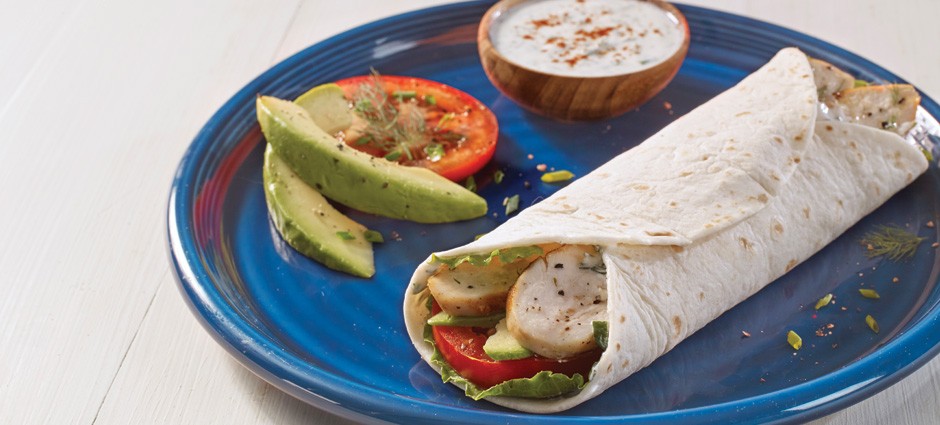How to Successfully Transition into a Keto Diet Plan
Thinking about starting keto? Here are some tips to make transitioning to a keto diet plan easier.
By: Vicki Martinez
What keto gurus refer to as macros are the three macronutrients necessary for the human body to function effectively: healthy fat, protein and carbohydrates. Knowing your specific macro count gives you a general guideline on how much of each you need daily. You can calculate your unique set of macros by using one of the many online macro calculators. Plug in your height, weight, age and activity level to determine daily dietary targets for grams of healthy fats, protein and carbohydrates.
Fill your pantry with keto-friendly foods and nix (as in donate) any carb-packed items. Most folks, when first starting the ketogenic journey, experience serious cravings. Without carbs readily available to grab, it’s easier to redirect yourself and find alternatives to deal with the cravings.
It’s also important to have items on hand that make it easy to prepare on-the-go meals, like these low-carb tortillas. You can stuff these full of your favorite foods that are approved on your keto diet plan and avoid the pull of the drive-thru.

The Keto Flu:
Unfortunately, there’s no vaccination for this. The keto flu, as the name implies, is a set of flu-like symptoms (achiness, lightheadedness, nausea, foggy brain and lethargy) that occurs as your body begins shifting from sugar-burner to fat-burner. Some experience the keto flu for several days, others for a week or two.

Tired to the Bone
If you are new to a keto diet plan, the best way to get through this initial side effect is to mentally prepare for it. Although short-lived, intense fatigue causes many newbies to give up on keto believing it is not working for them. Keep in mind that a glucose-deprived system needs time to “learn” how to break down fat to produce energy.
 Muscle Cramps:
Muscle Cramps:
Many people experience weight loss within the first weeks of their ketogenic journey. Yahoo! Most of that is from water loss, which is perfectly normal. But water loss causes a reduction in sodium levels and a slight electrolyte imbalance. That combination often leads to muscle cramps. Fortunately, this side effect is preventable. Make sure you stay hydrated and supplement your diet with sodium. Coconut water is very hydrating and an excellent source of electrolytes (just be wary of the carb count).
FRUITS
SWEET POTATOES
LEGUMES
QUINOA
You know your macros, but don’t forget about your micros. Many of the foods you must now avoid—most fruits, sweet potatoes, legumes, quinoa—were probably a large source of your daily micronutrient (vitamin and mineral) intake.
For a quick and simple list of macro- and micro-friendly keto foods check out:
Let’s Get This Party Started: Understanding What You Can (and Can’t) Eat on the Ketogenic Diet.
Make sure to check with your doctor before starting a ketogenic diet.






Share this Post